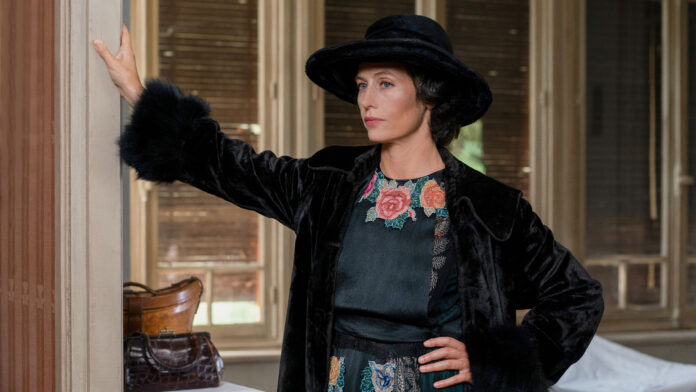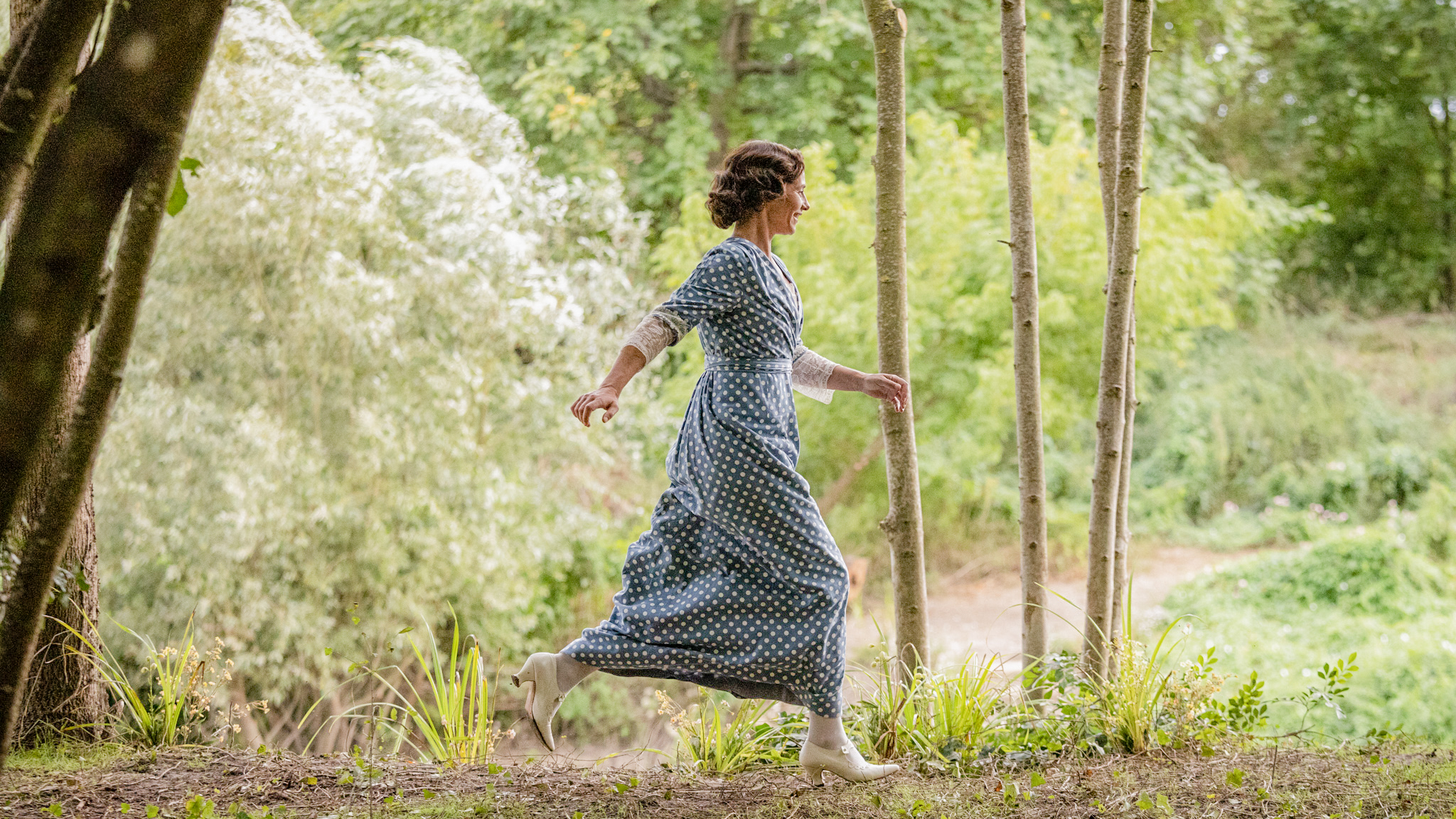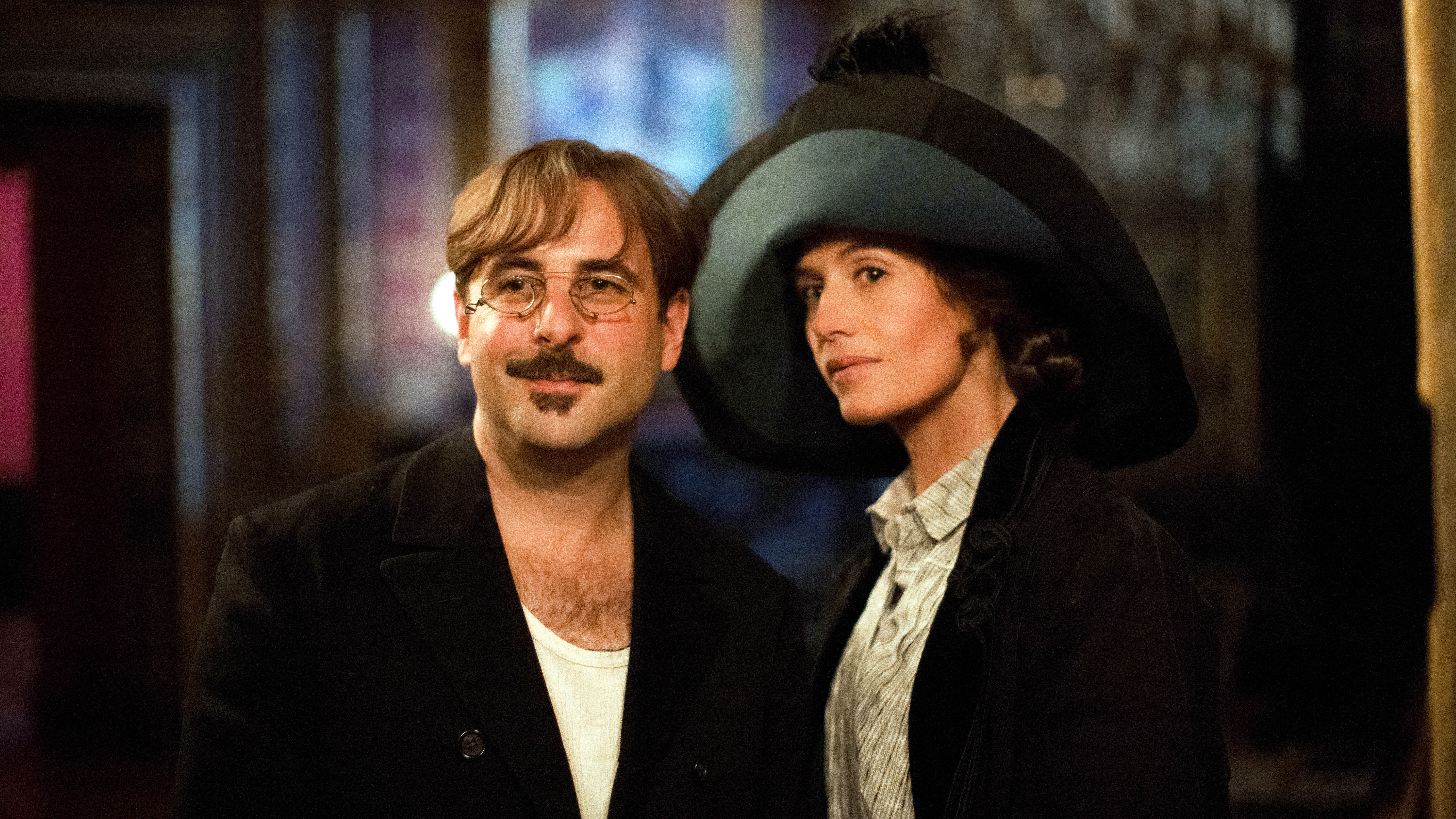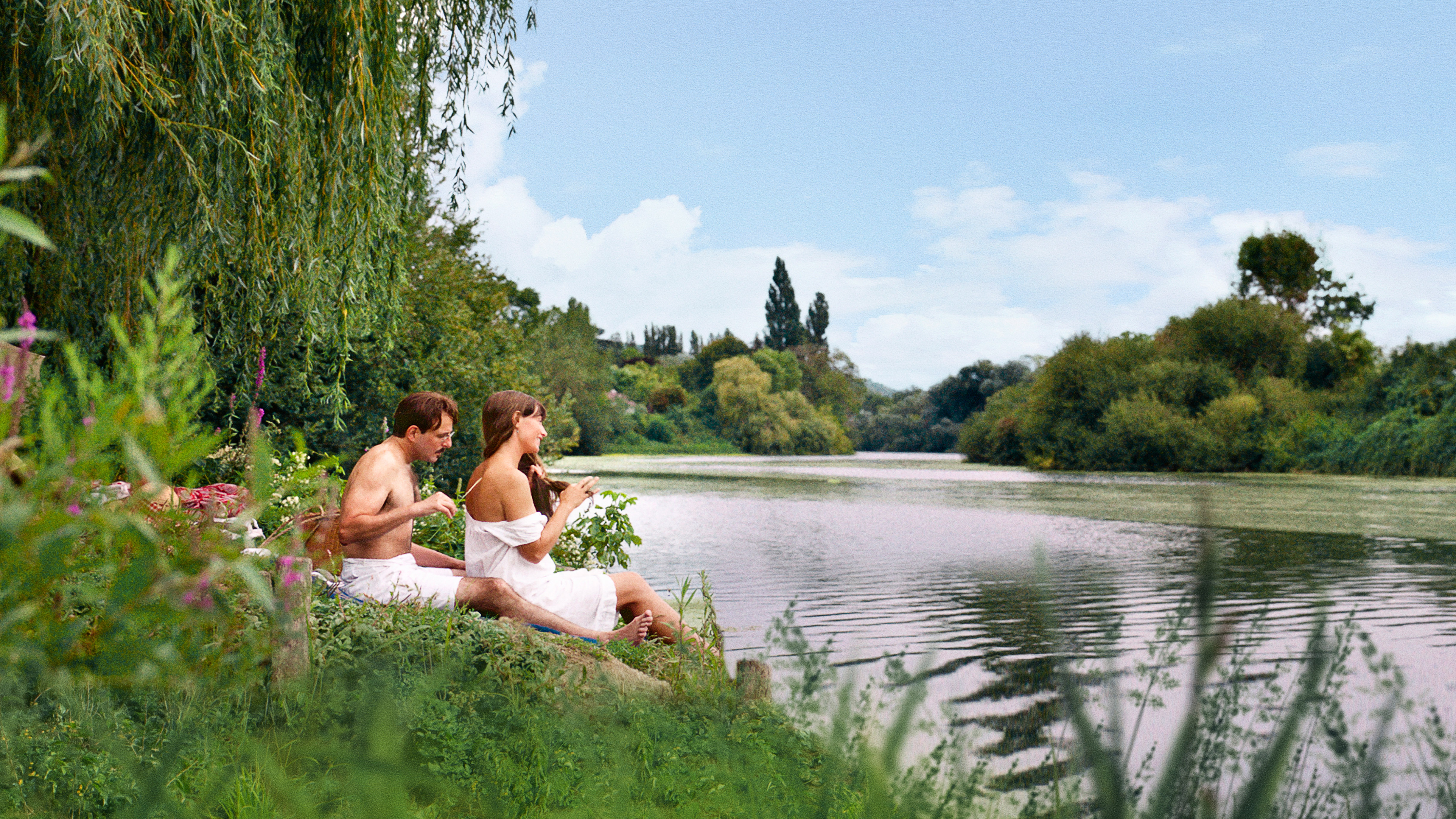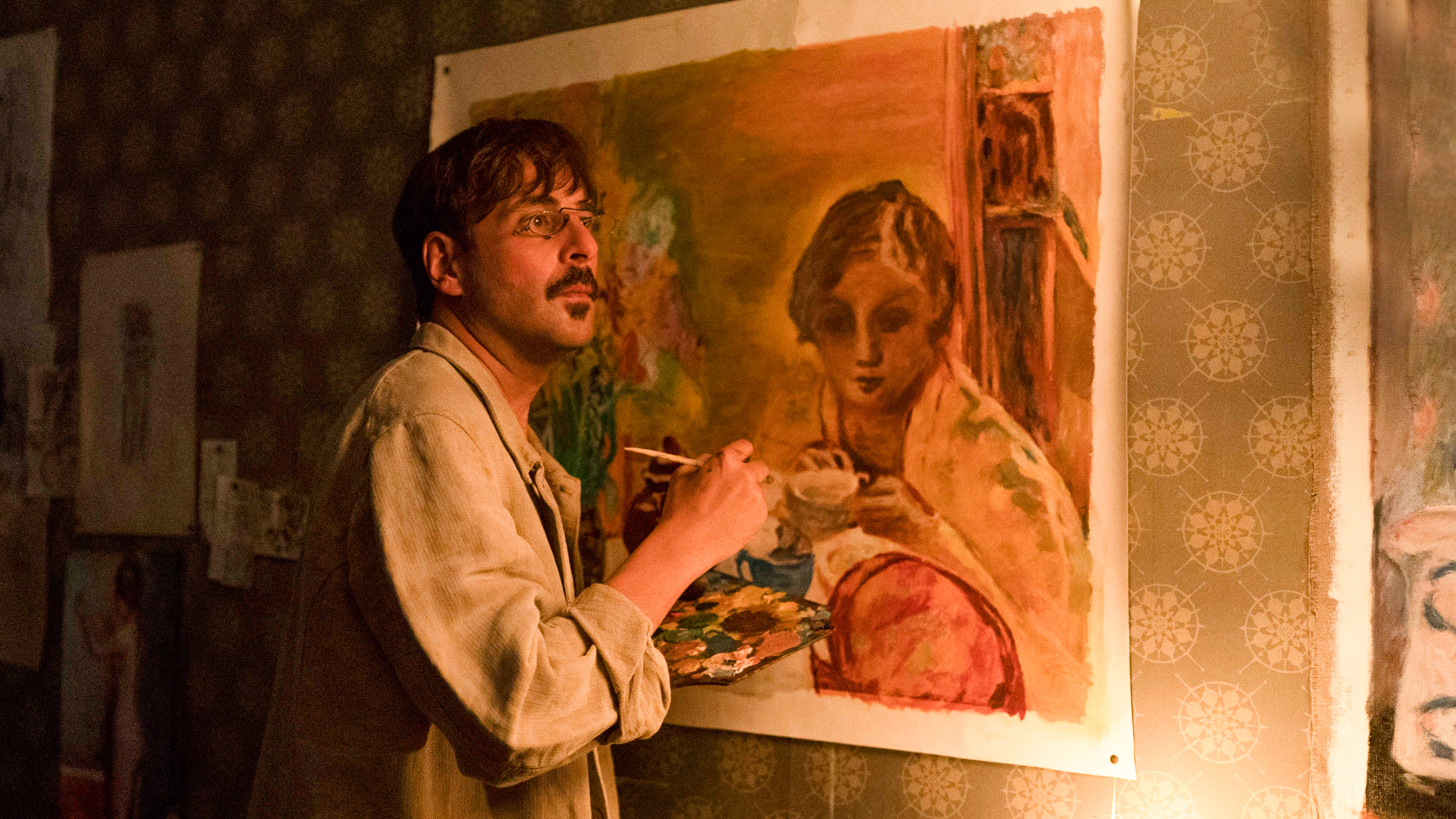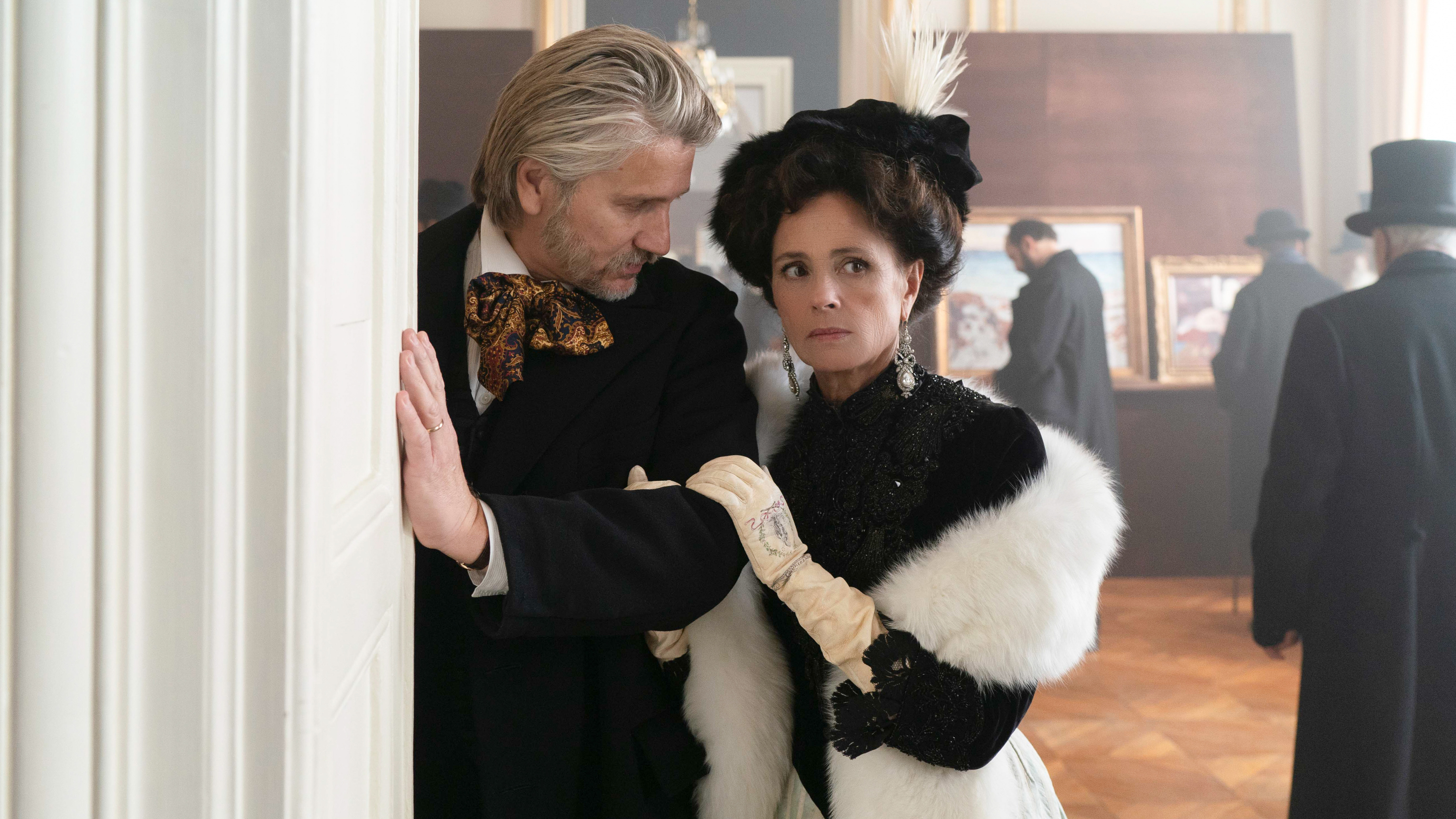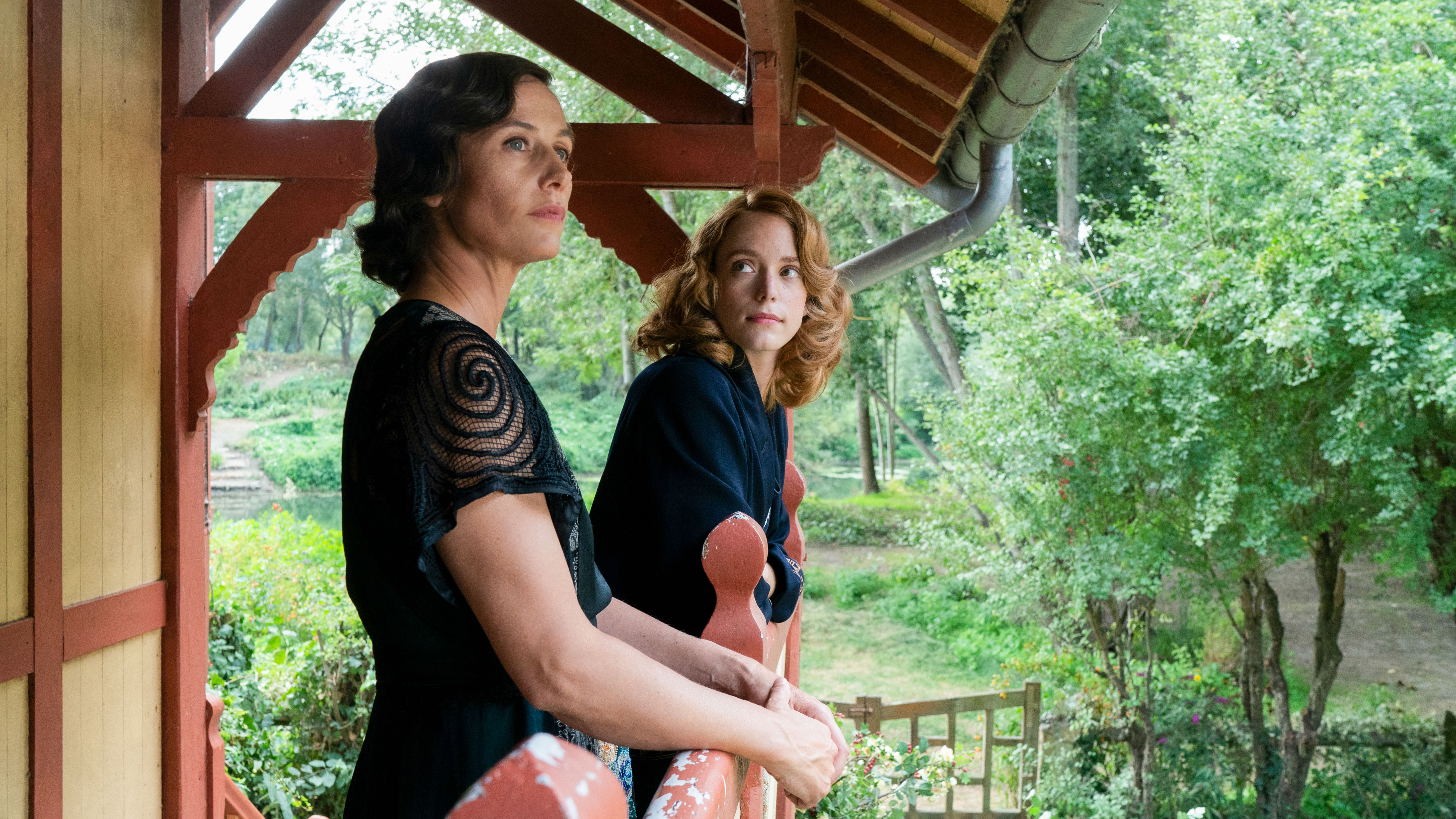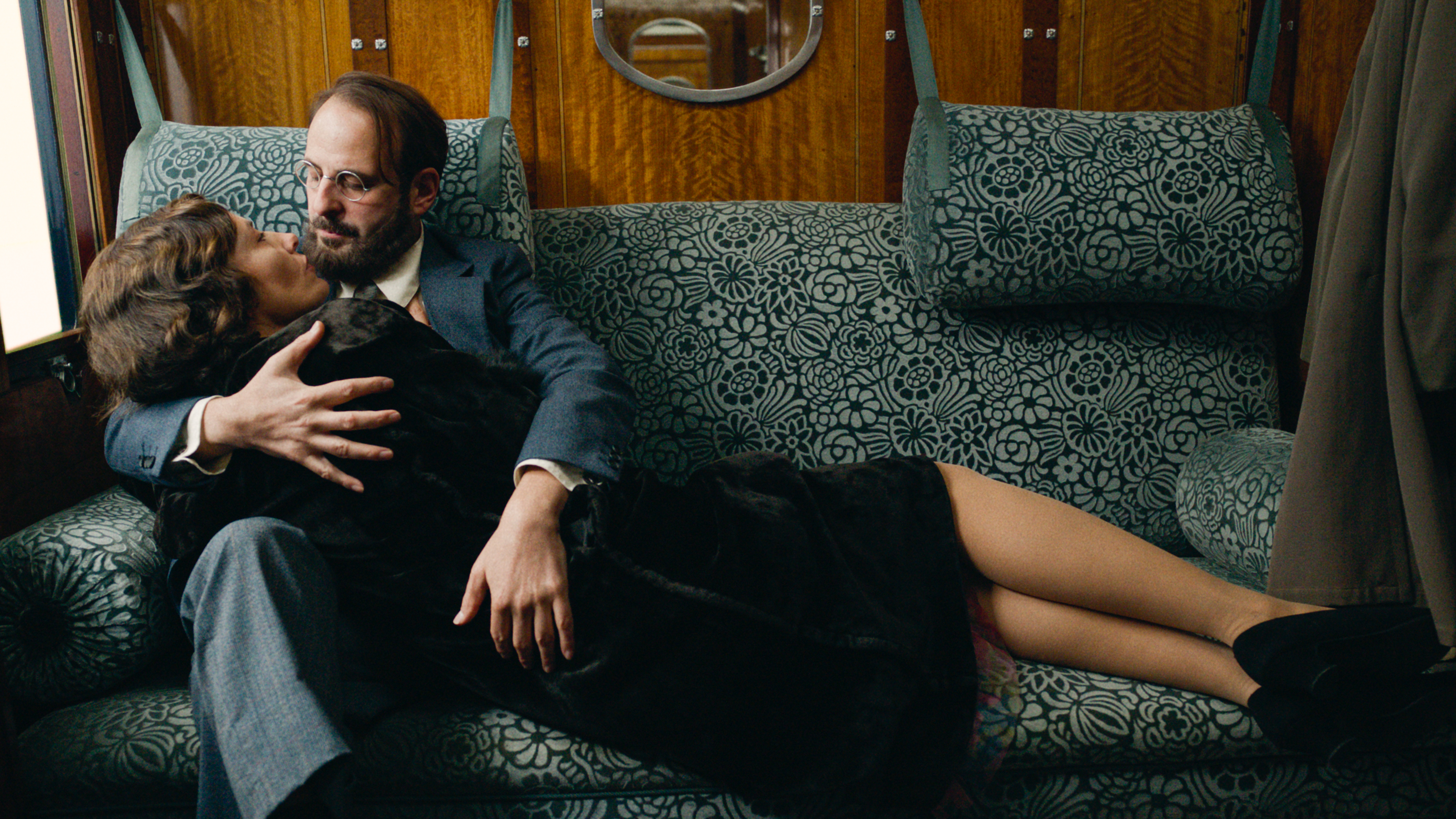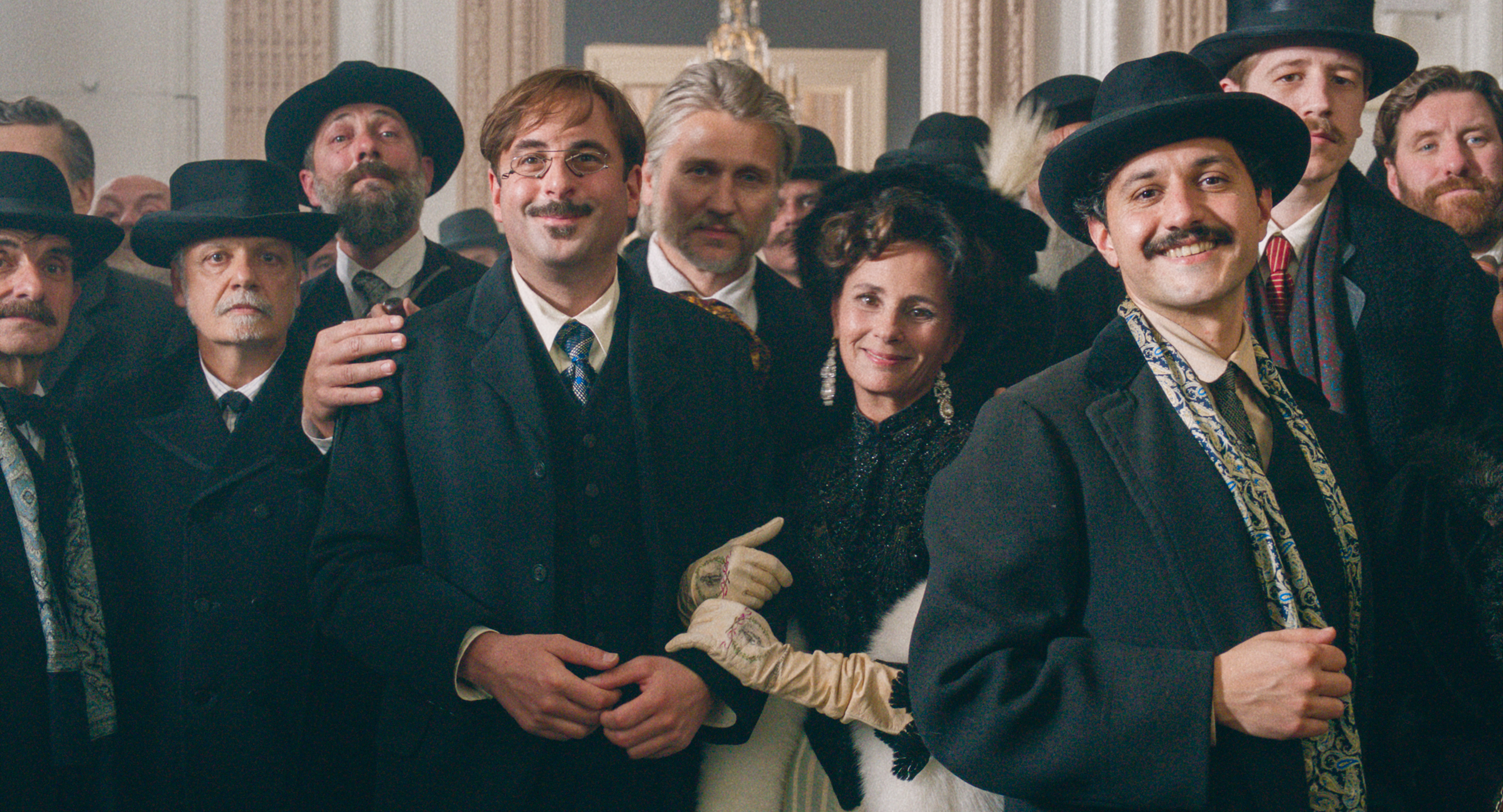Together contributor Federico Grandesso sat downat the Cannes Film Festival with Belgian actress Cécile De France, who plays the leading role of Marthe Bonnard, wife of the famous French painter, in a film by director Martin Provost.
After winning the César Award for Best Film in 2009 with Séraphine, Provost examines another artist’s life in Bonnard, Pierre et Marthe. Starring Cécile de France and Vincent Macaigne this dual biopic screened at Cannes Première explores the passionate and tumultuous artistic relationship between Pierre Bonnard and his wife Marthe, who appears in most of his artworks.
What is your relationship with nature? Which is an important element in this film.
I know that for director Martin Provost, and perhaps in the choices of my films, there is always an ode or homage to nature, not in all my roles, but there are some. I know I see that as an image too, but I don’t think I’m too locked into that image either to be able to play characters who are not at all connected with nature. But in any case, I know that Martin told me when we started preparing for the role that it was essential for Marthe to be almost mystically connected with nature, that I had to be different. For example, when I’m with people when I’m in nature, he immediately told me that Marthe’s element is water, whether in the bay, the river, etc. She’s also connected to her body, because this vitality, this body in movement, this well-being that she has in nature is the primary source of inspiration for all of Pierre Bonnard’s work. Yes, I love being in nature.
“This well-being that she has in nature is the primary source of inspiration for all of Pierre Bonnard’s work”
Did you understand why there was this immediate “chemistry” between you and Martin, and how did you approach the work?
I never make the connection between who I am and my character. For me, it’s a creation, it’s like sewing something, it’s like making something. That’s what I enjoy, creating a character. If there’s something that comes naturally to me, so much the better, but for me, it was rather an interesting character to create because it was the opposite of me, in its wildness, in its complexity, in its singularity, in its weirdness, in its strangeness. For me, that was interesting to build. Her illness too, even though she’s full of vitality, she’s also very sick. She’s suffocating in her past with the ghosts of her damaged childhood. There’s something dark about her, something threatening, something dangerous when she’s jealous, in particular. When we see her face-to-face with her social and female rivals, René and Amicia. There’s something very strong, very dignified about her because she’s a strong woman, perhaps, and at the same time, I’m much taller than the real Marthe, for example, who was very small and always tried to make herself look bigger and more imposing.
“She’s suffocating in her past with the ghosts of her damaged childhood”
You have discovered the work of Bonnard. Which painting or paintings do you like best?
There are two paintings by Pierre Bonnard that I really like, called The Open Window and The Dining Room in the Country. In The Dining Room in the Country, we see Marthe, who is once again locked away in her secret, inaccessible world, in her thoughts. At one point, you say to yourself: “But where is she?” and I think that helped me a great deal to find the mental confinement she was in, which later made her psychotic. So yes, in this painting, there is this Martha. And above all, it’s the clash between the intimacy, the softness of the home, because we’re inside the room, and the power of nature, the heat, the vibrations, and the exterior colours of this interior. It’s the confrontation between the intimacy of the inside of the house and the wonderful outside, always with this iridescence of colour that is unique in the world. It’s the same with The Open Window. You get the impression that it’s hot outside. It’s the power of summer being unleashed inside the house.
What have you learned from this film?
I’ve been lucky enough to be able to play a really wide range of roles. Lately, I’ve been leaning more towards characters who have a darker side too. It intrigues me, it attracts me. What have I learnt? As with every shoot, and every adventure, I always feel like I’m learning my trade. And here, there was something that I wanted to do with my body, which was to go even further. Coming from a theatre background, as you said, I like the relationship with the theatre, which allowed me to further develop the ability that we actors have to focus not just on facial expression, but on bodily expression. That’s always a way of making progress.
After all these films, I’m a bit curious to know at this point what roles or roles you like that make you more comfortable in your work.
Comfort is not a good ally. I think you have to get out of your comfort zone. As an actress, I like to try new things, areas that I don’t do just for fun, because it’s quite a playful profession after all. I’m not interested in comfort. On the contrary, I’m more interested in putting myself in danger, by trying more challenging things.
“I’m not interested in comfort. On the contrary, I’m more interested in putting myself in danger”
Have you ever tried painting or drawing?
Yes, when I was a little girl I was enrolled at the Beaux-Arts and then I discovered theatre. So I focused my energy and passion on the theatre, but I really liked drawing. When I drew again for the film, I really enjoyed it. I rediscovered that pleasure, that passion.
Bonnard, Pierre et Marthe opens in Belgium on 10 January


